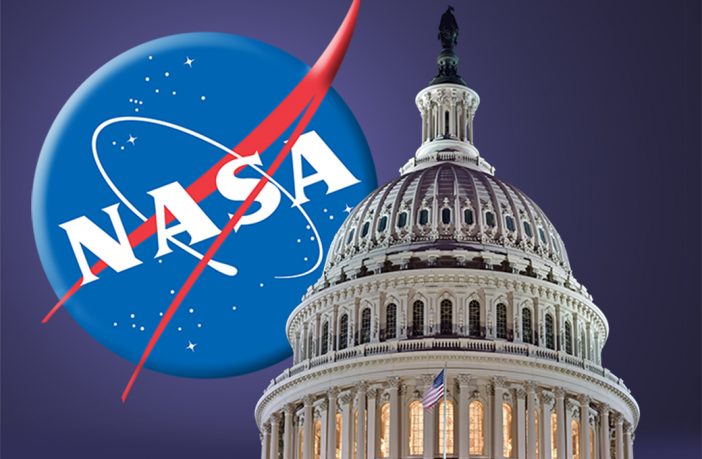
WASHINGTON — Congressional officials have released a spending bill for the final fiscal year 2024 that cuts NASA funding from what the agency received in 2023 while postponing a decision on spending for the return of samples on Mars (MSR).
House and Senate managers released bill text and report language on March 3 for 6 of 12 appropriations bills for fiscal year 2024, including the Commerce spending bill , justice and science (CJS) which funds NASA. Congress is expected to pass the bills before the continuing resolution funding the agencies covered by the bill expires on March 8.
The bill provides $24.875 billion for NASA, 2% less than what the agency received in 2023 and 8.5% less than the $27.185 billion NASA requested for 2024. The figure The final bill is also below the levels of the separate House and Senate bills of $25.367 billion and $25 billion, respectively.
Regarding the MSR, for which the House and Senate proposed very different numbers, the final bill instead gives NASA some flexibility. Uncertainty over spending on the program prompted NASA to cut spending on the MSR in November while it was being resolved, and this prolonged uncertainty led the Jet Propulsion Laboratory, the primary center for the MSR, to lay off 8% of its staff in February.
In the report accompanying the bill, officials said NASA was reevaluating the MSR architecture through a group called the MSR Independent Review Board Response Team, or MIRT. “The agreement directs NASA to report no later than 60 days after completion of the MIRT report on the recommended path forward for the MSR, as part of a balanced science portfolio,” the report said, including a annual funding profile for the MSR.
The report directs NASA to spend no less than $300 million, the amount outlined in the Senate bill, for the MSR, and up to the request of $949.3 million, the amount outlined in the House bill. It also directs NASA not to lay off any more people participating in the MSR program until the agency provides Congress with the report on the future of MSR.
The report also includes $227 million for On-Orbit Servicing, Assembly and Manufacturing (OSAM) Mission 1, a satellite servicing technology demonstration mission that NASA announced March 1 it planned to cancel. It is unclear whether officials were aware of NASA’s intention to cancel OSAM-1 when it wrote the report, but it recommends a continuation of the review in September 2024 if NASA does not is unable to keep the mission on cost and budget by removing “non-essential capabilities.” .”
The final report in many cases adopted language from the Senate bill report that holders approved in July. This included NASA’s $228.4 million request for its Low Earth Orbit Commercial Destinations Program to support the development of commercial successors to the International Space Station. This report also expressed support for the development of an ISS deorbit vehicle, but did not specify financing. NASA had requested $180 million for the deorbit vehicle in its application.
The report directs NASA to fund the Space Launch System and Orion programs at their 2023 levels of $2.6 billion and $1.339 billion, respectively, slightly more than NASA requested for 2024. The report also includes full funding of $1.88 billion for the Human Landing System (HLS) “to meet all contractual obligations of both HLS providers in fiscal year 2024.”
In science, the bill gives NASA’s Heliophysics Division $805 million, the same amount it received in 2023 and about $55 million more than what was requested. It also directs NASA to provide a plan for launching a major heliophysics mission, the Geospace Dynamics Constellation, by the end of the decade, after NASA planned to postpone the mission. Likewise, the report calls for NASA to seek sufficient funding for the VERITAS Venus mission, delayed until the early 2030s due to budgetary pressures and limited resources at JPL, to enable a launch by the end of the decade.
The final bill provides significant funding for nuclear propulsion work within the agency’s Space Technology Directorate, with $110 million for nuclear thermal propulsion (NTP) and $50 million for nuclear propulsion electric. The NTP funding includes $10 million to accelerate the development of an operational NTP system with commercial partners in parallel with the DRACO project on which NASA is cooperating with DARPA.
Related
News Source : spacenews.com
Gn tech




